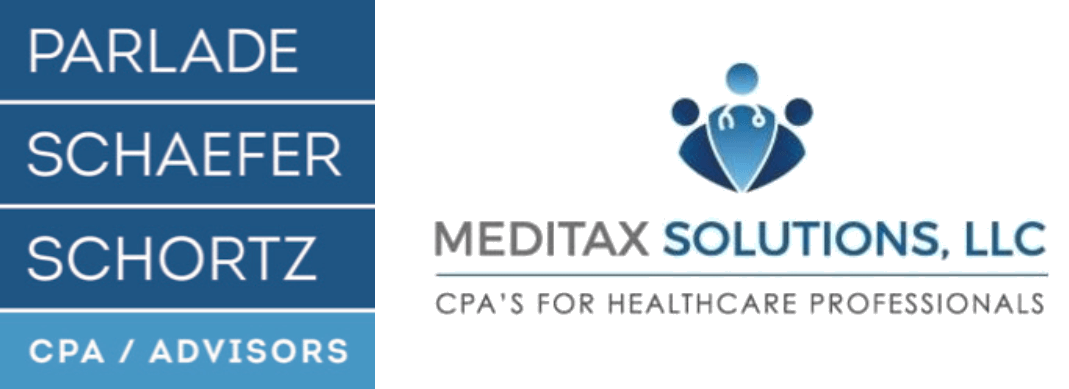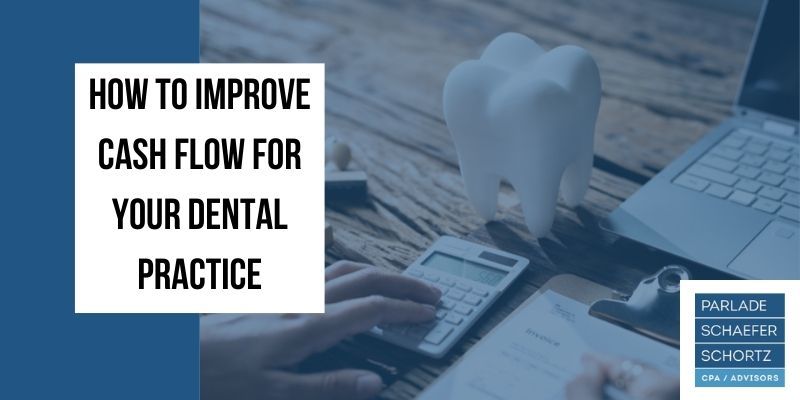6 Strategies to Pay Off Student Loan Debt Faster
If you are searching for a way to pay off medical school loans or dental school debt we will discuss 6 strategies to help you get out from under this debt quicker. The average student loan debt of a medical doctor is now around $200,000 and the average dental school loans as of 2019 has skyrocketed to $290,000. That is a hefty amount to be lugging around for years to come, so let's jump into these strategies.
Refinance
Income Driven Payment Plan
Military Service Programs
Federal Student Loan Forgiveness Programs
Student Loan Repayment Programs
Tax Deductions
Refinance
Probably close to everyone's first thought is to find a lower interest rate, and it is one worth pursuing. The average student loan interest rate is between 6-7% which means if you carry the average student loan debt of $200,000 you will pay an absurd amount of interest.
One refinance option for federal student loans is SoFi. They specialize in refinancing federal student loans and offer excellent benefits to boot, like debt forgiveness for disability, deferments and forbearance, no hard credit checks, and interest rates at 2.25% +. This sure beats the 7% federal student loan rate. SoFi also offers options for residents to help them through the years of low pay.
In one year a federal student loan of $200,000 with an APR of 7% will accrue $14000 in interest, at 2.25% APR a $200,000 loan will accrue $4500 in interest, saving nearly $10,000 a year in interest.
Income Driven Payment Plan
An IDR is a federal student loan repayment program. Instead of payments calculated on your debt amount, monthly payments are determined by your income. This is a practical solution for residents.
It’s common for residents to defer loan payments until the larger checks start coming in. But the down side to this option is the interest keeps mounting on your student loan burden. With a 4 year residency and the $200,000 loan at a 7% APR that is an additional $62,000 of accrued interest over a 4 year period.
If your income is tight and your monthly payment doesn’t even cover the monthly accrued interest, you may qualify for federal repayment programs where the government will pay a portion or all your accrued monthly interest.
Military Service Student Loan Repayment Programs
Military service is not an uncommon approach to paying down student loan debt quicker, they have programs available even for those that are already in practice. However, it will require enrolling into military service.
The army offers a monthly stipend and upto $45000 for enrollment into an accredited residency program, and upto $120,000 of loan repayment for those in active duty. Additionally, $75000 is available for those that join the Army Reserves.
The Navy also offers similar programs along with a sign-on bonuses of $220,000 to $400,000 for different specialties.
Federal Student Loan Forgiveness Programs
If you are a dentist or physician there are loan forgiveness options if you are willing to trade time for debt forgiveness. This typically includes opting to work in a high needs area for a qualifying non profit or government institution.
PSLF - Public Student Loan Forgiveness program is a federal program requiring 10 years of full time service. This is typically for a government institution, but can be for a non or not for profit institution as well.
120 qualifying loan payments must be made during this employment for the remaining student loan debt to be forgiven. Not all student loans are eligible for forgiveness. It’s uncertain how much longer this program will remain intact.
Indian Health Services - By committing to a two year contract at a facility in a high needs area this federal program will pay up to $40,000 toward student loan debt. Contracts can be renewed to keep chipping away at student loan debt.
National Institutes of Health Loan Repayment Programs this is an awards program for those in the field of research.
It requires a 2 year minimum contract with a government institution to qualify for up to $50,000 in student loan repayment.There is also a student loan repayment program for clinicians from disadvantaged backgrounds.
National Health Service Corps Loan repayment assistance requires a 2 year commitment at an approved location with up to $50,000 in student loan repayment assistance.
The location’s need is a factor in determining loan repayment amounts. Medical students can qualify for upto $120,000 in costs and student loans by committing to three years of providing primary health care at an approved location.
State loan repayment programs
Many states offer loan repayment programs, which are typically designed to encourage health professionals to commit to serving an area with health care shortages.
Resources for finding state assistance programs include
National Health Service Corp and
AAMC. Additionally the folks at
Student Loan Hero have put together an excellent resource list of programs available across the country.
Tax Deductions
While this doesn’t have a direct impact on lowering student loan debt, a dollar saved is a dollar earned. These deductions are most helpful to residents that haven’t yet reached their full earning potential as there is an income cap on these deductions.
Student Loan Interest is a tax deduction that directly reduces your taxable income along with the Tuition and Fees Deduction. The Tuition and Fees Deduction can lower your taxable income by $4000 if your income is at or below $80,000 as a single or $160,000 as married filing jointly.
Conclusion
Of course there are the tried and true methods to reduce student loan debt, by actively trying to pay it down, making larger payments, living conservatively, and applying sign on bonuses towards this debt.
BUT don’t skip the step on shopping around for a better interest rate, and if you are willing to trade time and location for debt forgiveness this is one of the quickest ways to get out from under this hefty debt. If you have any questions on paying off student loan debt quicker
contact our office.






